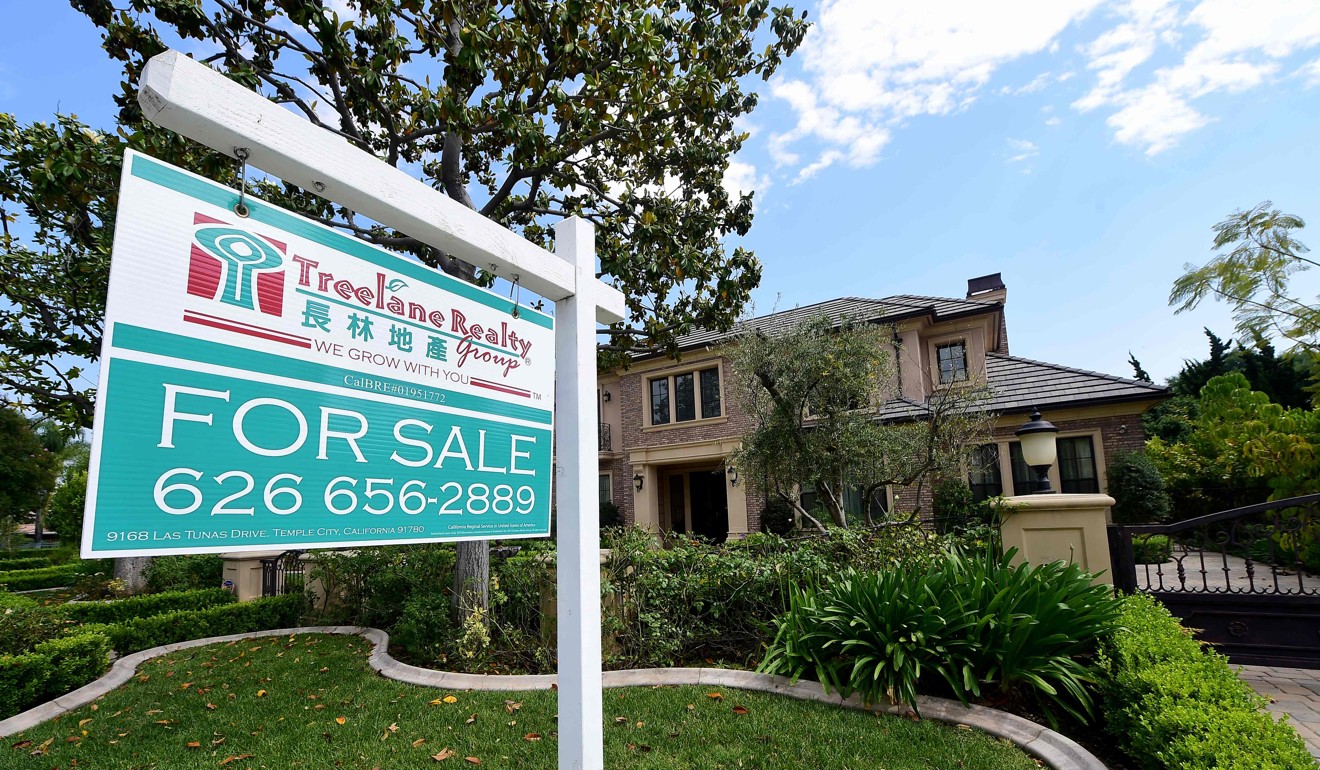
US mortgage lenders make it easier for home purchases as prices rise
Even as US home prices rise, a relaxation in mortgage lending standards established after the subprime crisis will make it easier for buyers to make the purchase
Home prices are rising across the country and mortgage rates, though still historically low, are up since the presidential election.
Simply put, buying a home isn’t easy, especially in high-cost metropolitan areas.
But changes in the mortgage industry are afoot, with the goal of loosening some of the strict standards established after the subprime crisis – rules some blame for impeding sales.
“The reality has sunk in that there are buyers out there who will be able to buy homes and make the mortgage payments,” said William E. Brown, the president of the National Association of Realtors. The industry is “trying to give them more options to buy a house.”
Government-controlled mortgage giants Fannie Mae and Freddie Mac are paving the way by rolling out new programmes to encourage home ownership.
The reality has sunk in that there are buyers out there who will be able to buy homes and make the mortgage payments
The companies, with their congressional mandate to promote home ownership, don’t originate loans, but purchase mortgages from lenders to keep the market moving. And any changes they make in the underwriting standards for the loans they buy can have a big effect.
Also, lenders are moving to relax some standards partly because they fear losing business as home prices and mortgage rates rise, said Guy Cecala, publisher of Inside Mortgage Finance.
“If your business is going to drop 20 per cent,” he said, “you need to come up with ways to offset that.”
The changes bring lending nowhere near the easy-money bonanza of last decade, which ended in financial crisis. But they have brought criticism from some corners that liberalising rules for down payments and how much debt a borrower can have is a slippery slope that could eventually lead to another bubble.
During the bubble, borrowers could often put down nothing at all by financing the entire purchase.
After the crash, standards tightened considerably and federal regulators even floated a proposal to require 20 per cent down for many mortgages.
For a low-downpayment option, borrowers usually had to turn to the Federal Housing Administration, which allows 3.5 per cent down, but requires costly mortgage insurance for the life of the loan.

The trend started in late 2014 when Fannie Mae and Freddie Mac announced new programmes that allowed loans with as little as three per cent down. But many large banks still reeling from the housing bust that cost them billions were sceptical. Bank of America Chief Executive Brian Moynihan said then that his company was unlikely to participate.
But less than two years later, the bank started offering three per cent down loans through a partnership with Freddie Mac. Wells Fargo, the nation’s largest mortgage lender, also jumped in last year, partnering with Fannie Mae. JPMorgan Chase now offers three per cent down loans as well.
“We are seeing more and more lenders adopting it every day,” said Danny Gardner, Freddie Mac’s vice president of affordable lending and access to credit.
We are seeing more and more lenders adopting it every day
The three per cent down loans through Fannie or Freddie are capped at $424,100 in most of the country.
Bank of America launched its programme with Freddie Mac after partnering with a non-profit to provide financial counselling for the life of the loan, a spokesman said. After six months, BofA upped its annual origination cap from $500 million to $1 billion for the Affordable Loan Solution Program, which allows down payments as low as three per cent.
Some are going even lower.
This year, Fannie Mae started pilot programmes with some non-bank lenders to offer loans with less than three per cent down. The loans require the borrower to have three per cent equity, but lenders gift borrowers money to meet the equity threshold as long as the borrower doesn’t eventually pay for it through higher fees or interest rates – which now average about 3.9 per cent for a 30-year fixed loan.
Pilot programmes with Guild Mortgage of San Diego and United Wholesale Mortgage of Michigan require the borrower to put down one per cent of their own money. A pilot through Movement Mortgage allows a borrower to put down nothing.

